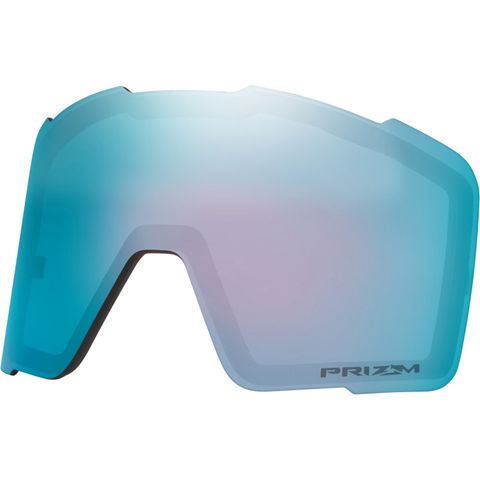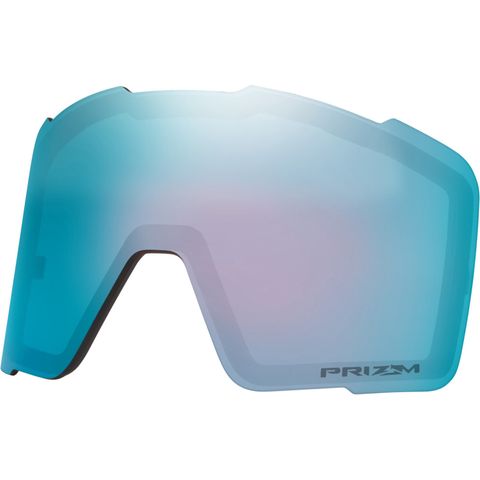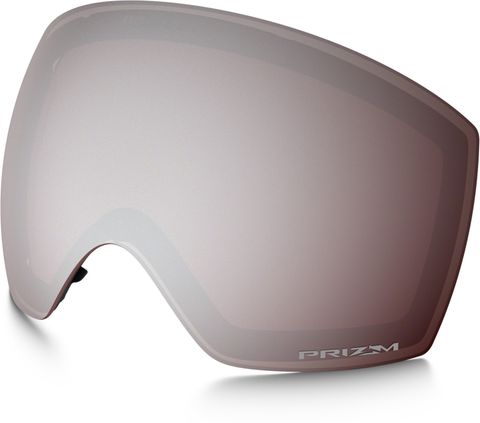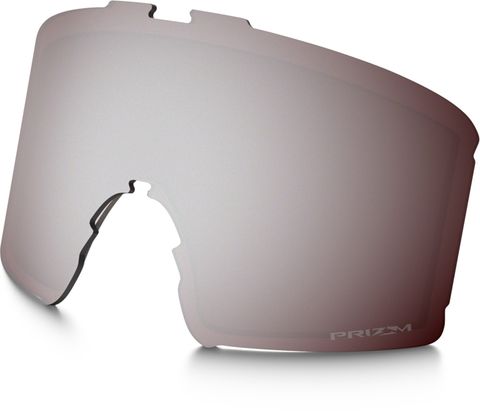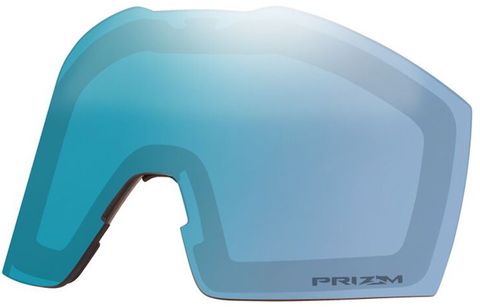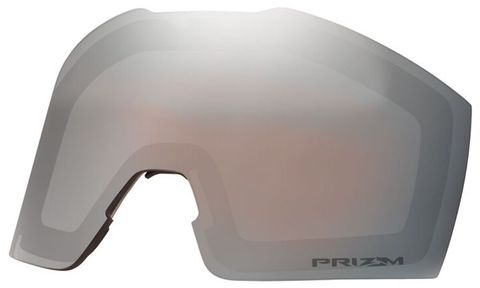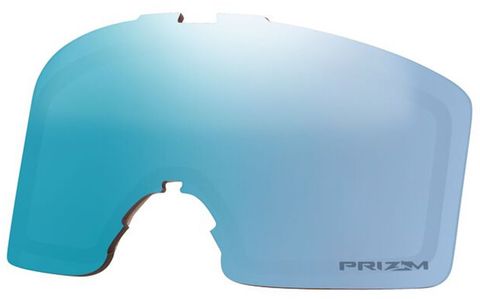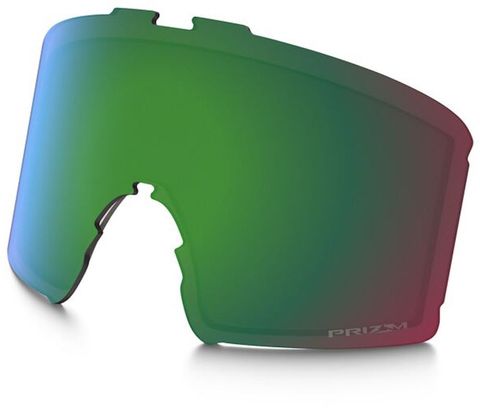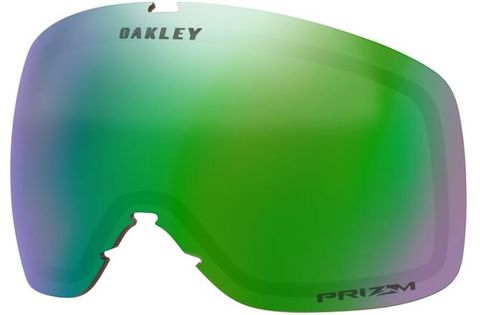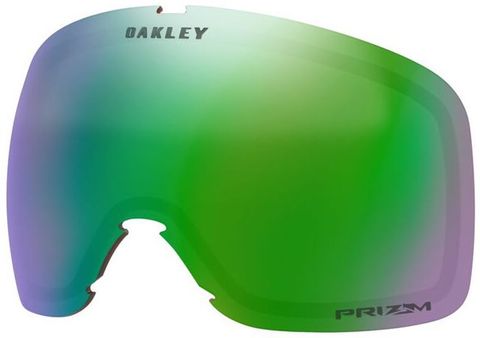Replacement Lenses

Having a suitable lens tint for the conditions can enhance contrast, reduce glare, and provide better depth perception, while the wrong lens tint can impair your vision and make it more difficult to navigate on the mountain. Snow goggle lenses use a measurement called VLT which stands for Visible Light Transmission and refers to the amount of light that passes through. The VLT of a snow goggle lens is an important factor to consider when selecting a lens for specific weather and light conditions. For example, on a bright, sunny day, a snow goggle with a low VLT (10-20%) would be ideal as it reduces the amount of light that enters the eye and prevents glare. On a cloudy day or when skiing in low light conditions, a snow goggle with a higher VLT (30-50%) is better, as it allows more light to enter and improves visibility. Some snow goggle lenses have variable VLT, which means that they can adjust to changing light conditions. These lenses are often called photochromic or transition lenses and can change their VLT from a higher percentage in low light to a lower percentage in bright light. There are lenses that fit in the middle of the spectrum that perform well in most conditions if the conditions are likely to change during the day. Here is a list of common lens colours and their matching VLT levels:
- CLEAR OR LOW-LIGHT LENSES: These lenses have a high VLT (usually above 50%) and are ideal for cloudy, low light, or night-time skiing or snowboarding. They allow more light to enter and provide better visibility in these conditions.
- ROSE OR PINK LENSES: These lenses have a VLT around 25-30% and are ideal for partly cloudy or flat light conditions. They enhance contrast and depth perception, making it easier to see changes in terrain and snow conditions.
- AMBER LENSES: These lenses have a VLT around 20-30% and are ideal for sunny or partly cloudy days. They enhance contrast and reduce glare, making it easier to see bumps and other obstacles on the mountain.
- DARK OR POLARISED LENSES: These lenses have a low VLT (usually below 20%) and are ideal for bright, sunny days. They reduce glare and provide maximum protection from the sun's harmful rays.
CONTRAST ENHANCING TECHNOLOGIES:
In 2014, Oakley released Prizm, a lens technology that enhances colour contrast and improves visual clarity, making it easier to see details in the environment. The technology was developed over several years by a team of scientists and engineers, who used spectral analysis and other advanced techniques to create lenses that selectively filter out specific wavelengths of light. Prizm lenses were initially developed for skiing and snowboarding, where visual acuity and contrast are critical for performance, however it has grown to other sports such as cycling, shooting, fishing, and golf. In more recent years, brands such as Dragon, Anon and Smith have introduced their own contrast enhancing lenses with these lenses making up the majority of the mid to high-end goggle market today.
GOGGLE CARE GUIDE:
To keep your snow goggle lenses in good condition, it's important to take proper care of them. Here are some tips for looking after your snow goggle lenses:
- AVOID TOUCHING THE INSIDE OF THE LENS: Avoid touching the inside of the lens at all times outside of cleaning. Lenses come with a moisture-wicking film on the inside lens designed to keep them from fogging up. If you need to clean the inside of the lens, make sure they are dry and only use a lint-free microfibre cloth or goggle bag.
- CLEAN THEM PROPERLY: Use a soft, lint-free cloth or a microfiber goggle bag to clean your lenses. Avoid using paper towels, tissues, or any other rough materials, as they can scratch the lenses.
- STORE THEM PROPERLY: When you're not using your goggles, dry them out of direct sunlight and keep them in a soft case or protective pouch. This will prevent scratches or damage to the lenses and protect them from dirt and dust.




